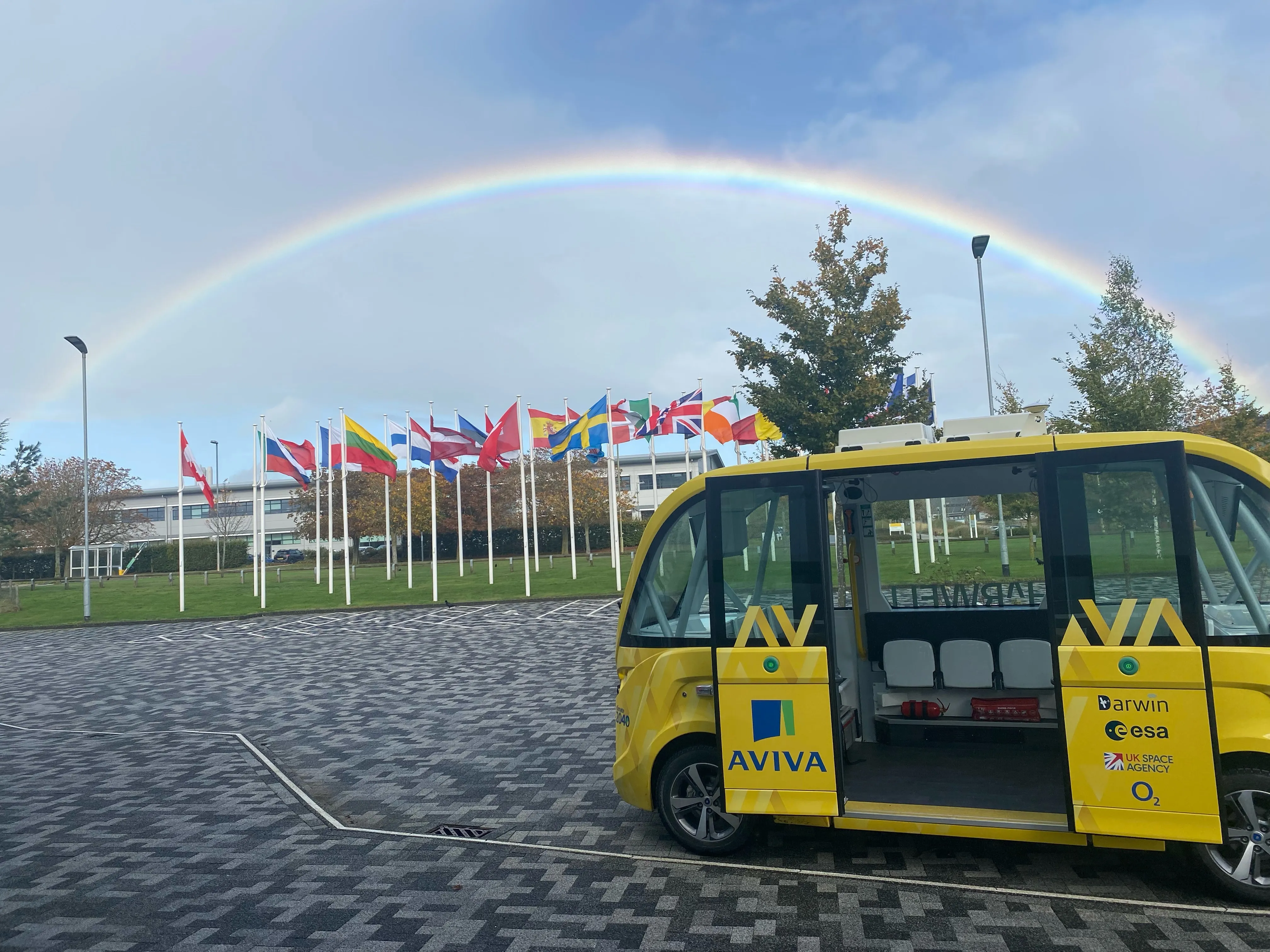The University of Twente in the Netherlands has recently installed a new parking management system on the campus in an effort to optimise traffic flow. The UTwente system combines Nedap’s Sensit wireless parking sensors and Vialis’ Vivaldi traffic management system to provide real-time parking detection and parking guidance.
Nedap’s Sensit system consists of wireless parking sensors that detect parking bay occupancy in real-time. This information is used to drivers to available parking spaces, decreasin
August 4, 2015
Read time: 1 min
The University of Twente in the Netherlands has recently installed a new parking management system on the campus in an effort to optimise traffic flow. The UTwente system combines 3838 Nedap’s Sensit wireless parking sensors and Vialis’ Vivaldi traffic management system to provide real-time parking detection and parking guidance.
Nedap’s Sensit system consists of wireless parking sensors that detect parking bay occupancy in real-time. This information is used to drivers to available parking spaces, decreasing the amount of search traffic, reducing the pollution on the campus and optimising parking utilisation.
Parking guidance signs, placed at several locations around the campus, provide real-time occupancy status of the parking areas equipped with Sensit sensors to guide drivers to available parking bays.
Nedap’s Sensit system consists of wireless parking sensors that detect parking bay occupancy in real-time. This information is used to drivers to available parking spaces, decreasing the amount of search traffic, reducing the pollution on the campus and optimising parking utilisation.
Parking guidance signs, placed at several locations around the campus, provide real-time occupancy status of the parking areas equipped with Sensit sensors to guide drivers to available parking bays.










